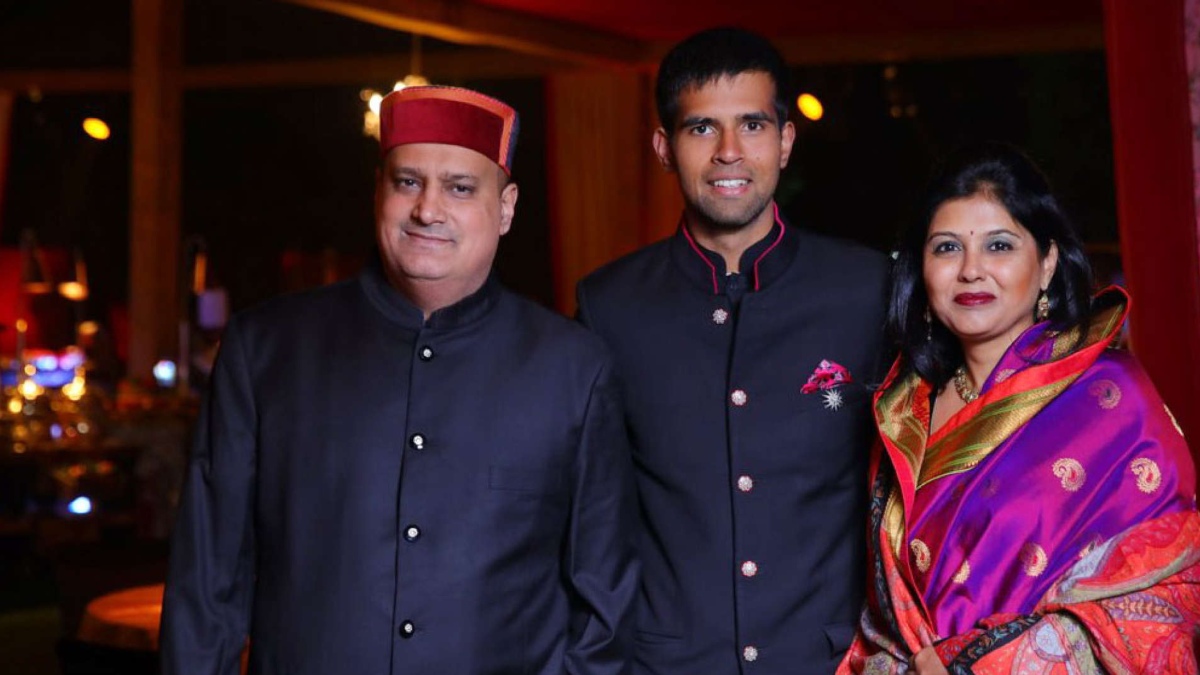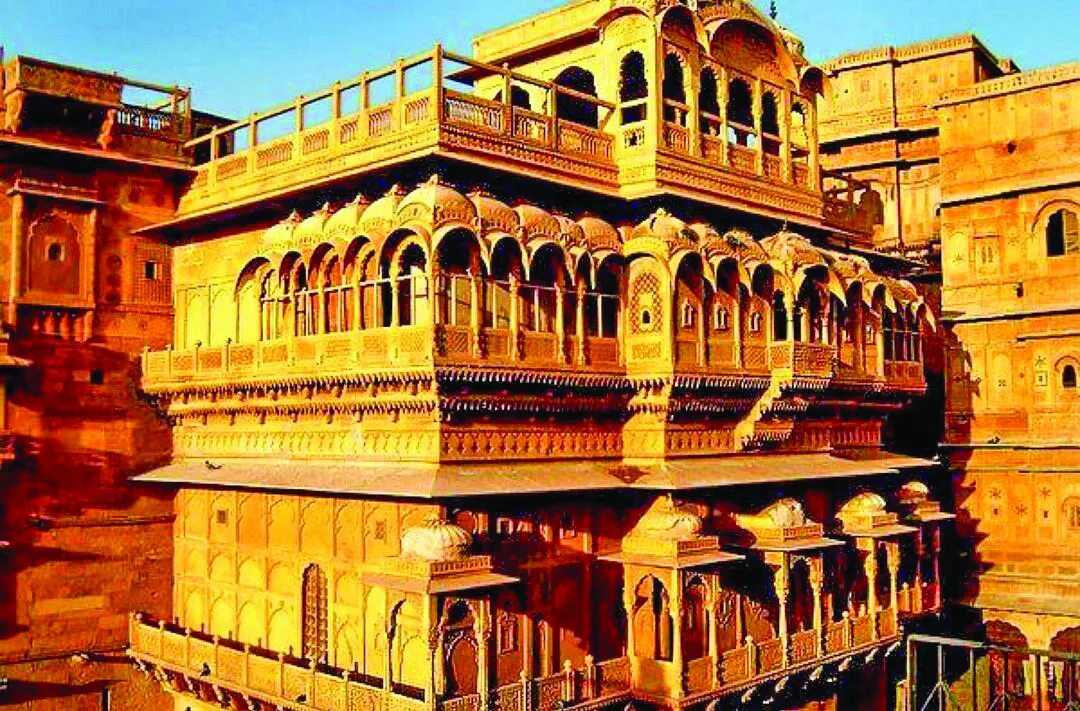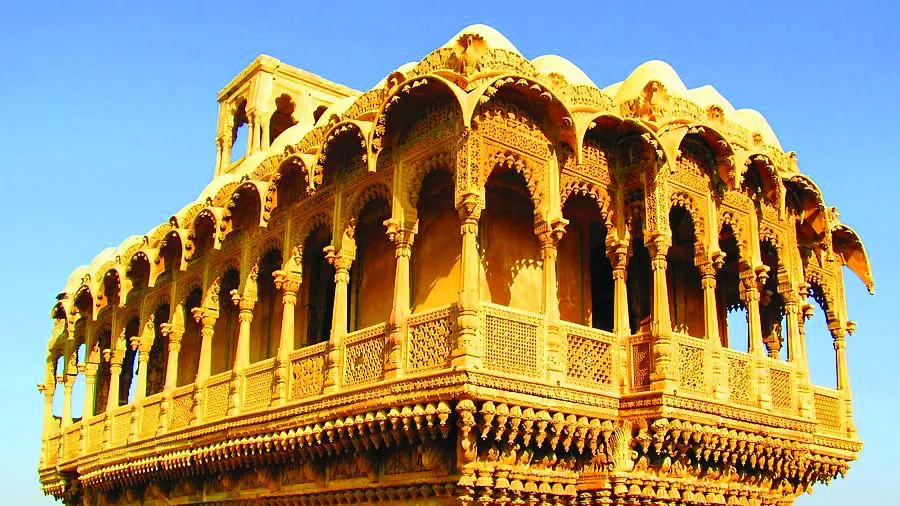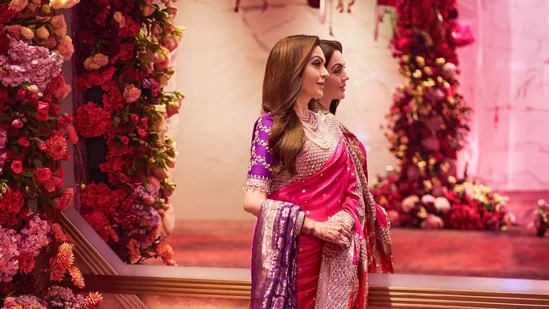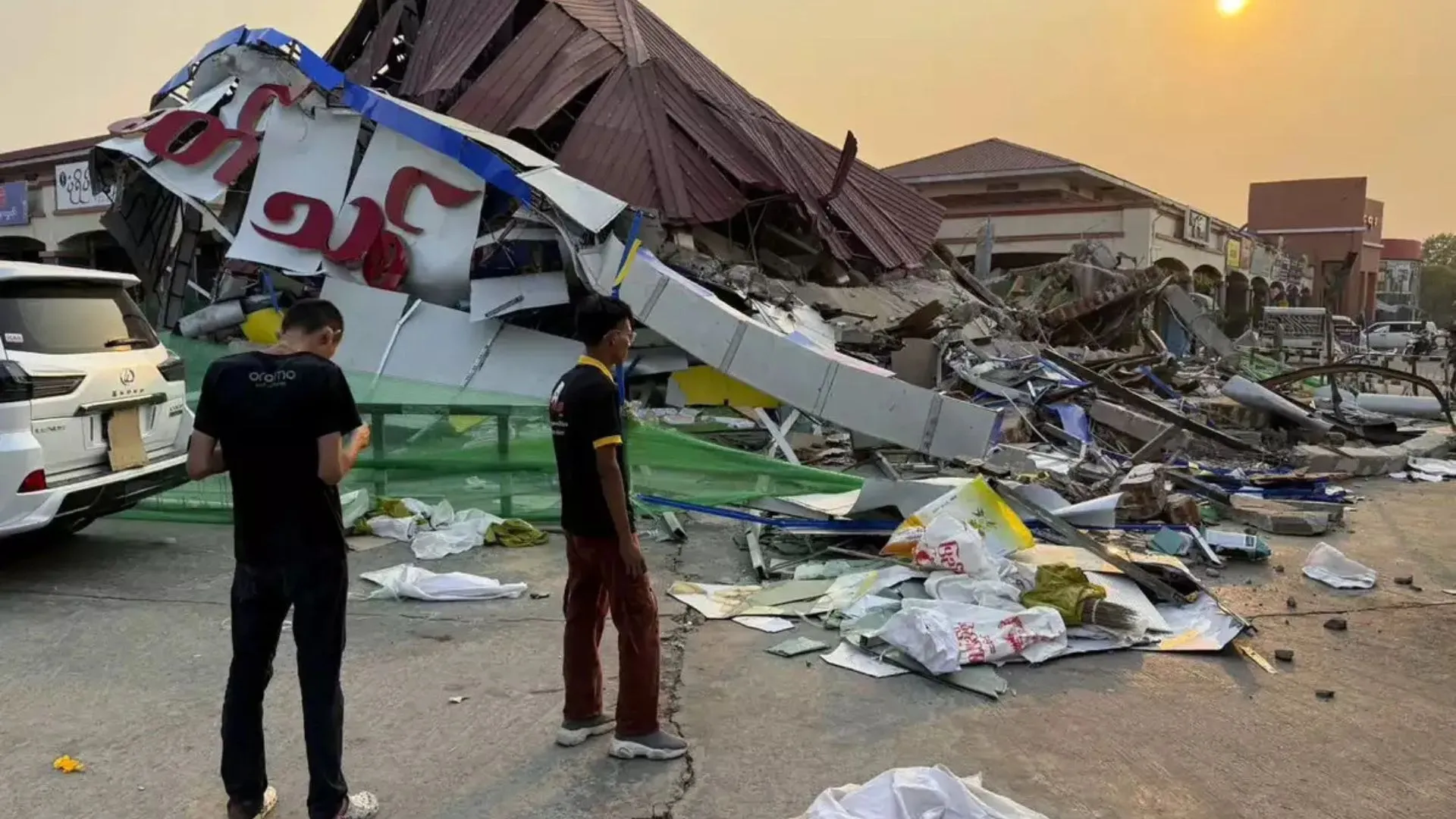The kingdoms of the hills, the erstwhile princely states that filled the Himalayan region and spread right up till Nepal had a unique story to tell. Coping with rough terrain and even rougher climate, they lived a life of simplicity, existing within a small community wherein the village folks could reach out directly to the reigning king.

 Megha B .Purohit
Megha B .Purohit

Bushahr, Mandi, Kangra- Lambragaon, Chamba in Himachal; Tehri, Chaukori, Rishikesh, Garhwal in Uttrakhand and the royal family of Jammu & Kashmir, the Jamvals in J&K, who at a time also ruled Punjab and Ladakh. All these families had fiesty women in common who play a major role in state politics, push for organic farming and help women in creating craft clusters of shawl making, food products, jams, cheese, and marmalade.
Little wonder then that the Supreme Court advocate turned activist, Megha B. Purohit, on the India launch of her NGO Giri Foundation invited the young, intelligent and beautiful Sudarshana Kumari to speak on behalf of the women of Himachal. Married into Bushahr, a state ruled by Raja Veer Bhadra Singh, also the CM of Himachal. Bushahr is a far-flung region of Himachal filled with apple orchards, large grazing tracts for shepherds to take their cattle to and rocky mountains where the tribal people of Himachal reside. It is about 130 km from Shimla and is well connected with NH 5 which passes through Theog, Narkanda, and Kumarsain.
Backing craft clusters as well as jam and marmalade making cottage industries that “dot our region“, Sudarshana is “working closely to help women from my state to earn a living, “ she shares while adding, “the women of Himachal are strong-willed people: they farm, fetch water, graze cattle, and weave their shawls and coats in their spare time. They are ably employed and aware of their rights. Except a patriarchal society shackles them to a large extent.”
This is precisely the reason why Megha, born in Katra, Jammu and now living in San Fransisco, launched the Giri Foundation that hopes to empower one million women from the hill states of India by 2025. She elaborates, “Somehow we, Himalayan women, are on the fringe of most benefits. My sisters living on top of high mountains, across rivers and in jungles, welfare reaches them with miserly prudence. I want to change that. I also found out that besides women support groups, the royals, and nobles of these three states have contributed immensely to empowering women.”
In Himachal as well, the erstwhile Royal Family of Kangra, Tika Aishwarya Katoch and Shailaja Katoch support many craftswomen, artisans, and farmers of their region. They also keep the famed Pahari miniatures alive through the Sansar Chand Museum created to honour Maharaja Sansar Chandra, their ancestor whose reign was known as the golden age of Kangra. Maharaja Sansar Chandra inherited the throne of Kangra when he was just 10 years old. By the age of 21, he had defeated the Mughals and had won back his ancestral fort of Kangra. True to the saying, “He who holds the Fort rules the hills”, the young Maharaja ushered in an age of prosperity and the Indian renaissance of paintings.
The Katoch dynasty is reputed to have ruled the town of Kangra and its vicinity since time immemorial, a town in what was known as North Trigartha. The kingdom of Trigartha is as ancient as the Mahabharata and extended right up to the areas we know as the Punjab, Uttarakhand and Himachal, and parts of the Jammu and Multan (now in Pakistan). Trigartha denoted the land of the three rivers, the Ravi, the Beas and the Sutlej.Also hoping to be on board the Tehri Royal Family who’s head Mala Rajya Laxmi Shah is a politician and a social worker, Megha hopes that she can create a universe of supportive, like-minded women who can represent the world of the hills to perfection.
Somehow we, Himalayan women, are on the fringe of most benefits. My sisters living on top of high mountains, across rivers and in jungles, welfare reaches them with miserly prudence. I want to change that. I also found out that besides women support groups, the royals, and nobles of these states have contributed immensely to empowering women.

